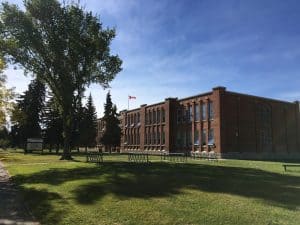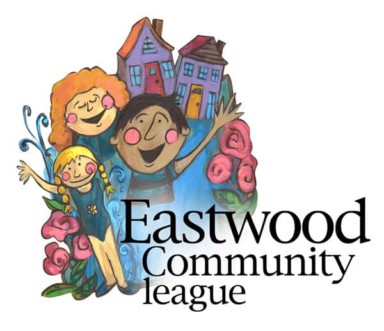Bringing police presence to city schools
Constable Price is often found patrolling the streets and back alleyways surrounding Spruce Avenue Junior High School and Rosslyn Junior High School, keeping an eye out for mischief that could find its way to the school yard.
Since September, Price has been the School Resource Officer (SRO) for both schools. She is part of the initiative program that began in September to bring SROs to junior high schools.

Since 1979, the Edmonton Police Service (EPS) has been in partnership with the Edmonton Public and Edmonton Catholic school boards, creating the School Resource Officers Unit. The unit provides a positive police presence in junior and senior high schools throughout Edmonton by providing counselling, mentoring, and in some cases, coaching sports teams.
“My role, first and foremost, is to keep the students and staff safe. Then my secondary role is to provide early engagement with the youth. To steer them in the right direction and provide mentoring,” said Price.
Both Price and Joanne Harle, the Spruce Avenue School principal, said they want to see more awareness. As Harle explained, “It is better to work with the youth now than it is to deal with them once an incident has occurred.” Their goal is to help youth and the community overcome issues that arise. They see the school as the hub of the community.
Because Price patrols the streets and alleyways surrounding the school, the concern of possible crime being displaced from the school to down the road or from the alleyway to the school yard is not there.
If an incident occurs at the school or in the surrounding areas, Price can help. “If it’s something that’s at home, I will assist in any way that I can, and point them in the right direction. If it’s a police matter, I will get them in contact with the proper police that deal with that situation,” said Price.
When information is presented to the SRO, the officer will write a report and bring in the necessary police departments. Then, once their investigation is complete, the school will conduct their own investigation to see if any necessary actions are required on their part.
Information or safety concerns from parents can be directed to the school and then to the SRO. If students have information or safety concerns, Price’s door is always open.
A large part of Price’s workload is being a counsellor. “We have a whole bunch of skill sets that we bring to the table,” she said. “I think it’s really important to build really strong relationships with the kids. So, the idea is, ‘I don’t want to let Constable Price down.’ ”
Having an SRO helps because, “we can divert always having to go straight to the criminal justice side of things,” said Price. It also gives them a chance to become creative.
“I have a kid I am dealing with who is involved with some thefts. He brought all of the property back. So, he and I are doing a pay-off program. He will get to do some community service type things around the school on lunch hours. That way he is not looking at criminal charges.”







